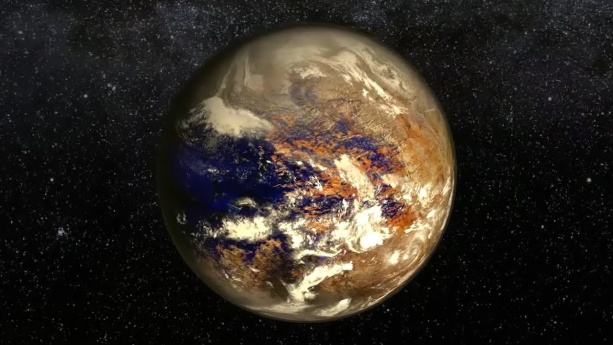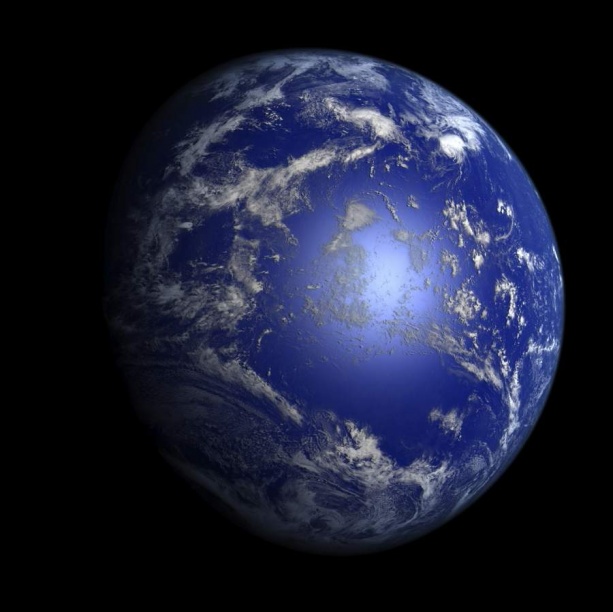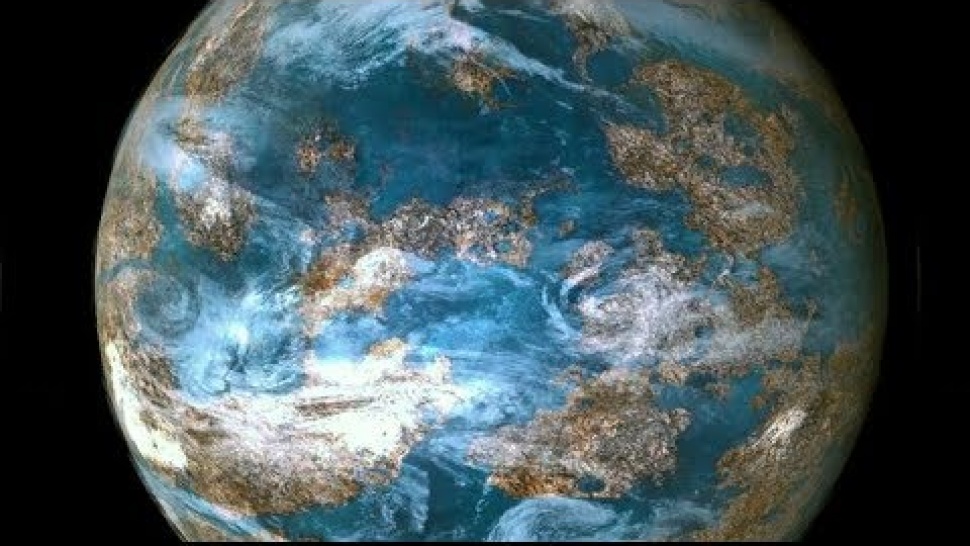Recent discoveries on exoplanets showed that approximately 1000 Earth-like planets exist in other solar systems and 1000 more waiting to be discovered. It is unfortunate that most of them have atmospheres obliterated by their own stars and with atmospheres, all hopes for life are lost.
This is a sad situation confirmed in a new study published in scientific journals around the world. In the recent study, a team of scientists created a computer simulation to simulate possible atmosphere formation on Earth-like planets orbiting around young, hot stars.

Because almost all young stars are emitting a high quantity of ultraviolet (UV) radiation and X-rays, most of them even if habitable would have their atmospheres obliterated within one or two million years after the exoplanet's birth. An atmosphere similar like on Earth cannot form when the planet is orbiting inside of the habitable zone of an extremely active star, all researchers agree about this. Only where the activity of the star is much lower, such an atmosphere can be formed to support life. When you hear astronomers debating about the activity of a star, they usually think about the amount of radiation that star emits. In the beginning, all stars are highly active but then they lose their activity levels rapidly and become like our sun. The levels of activity and exact intensity are different for different ages of a star.
Researchers especially investigated M-dwarf stars which are a little bit smaller than our sun and scientists believe that these stars are the dominant type of stars in our neighborhood. Scientists believe that it takes several billion years before these stars lose their solar activity to the levels comparable to our sun today.

During the time of research, scientists discovered an exoplanet orbiting within the habitable zone around a star system and they think that this planet is constantly bombarded with extreme radiation and there is a little chance of an atmosphere surviving more than 100,000 years.
As a result of this, all exoplanets detected that are orbiting M-dwarf stars have very thin atmospheres or they don't have any atmosphere at all. Without atmosphere as a protection, the surfaces of such planets are exposed to damaging effects of star's radiation. Unfortunately for us, habitable-looking planets discovered so far are way too extreme for any form of life to develop.




Share the News